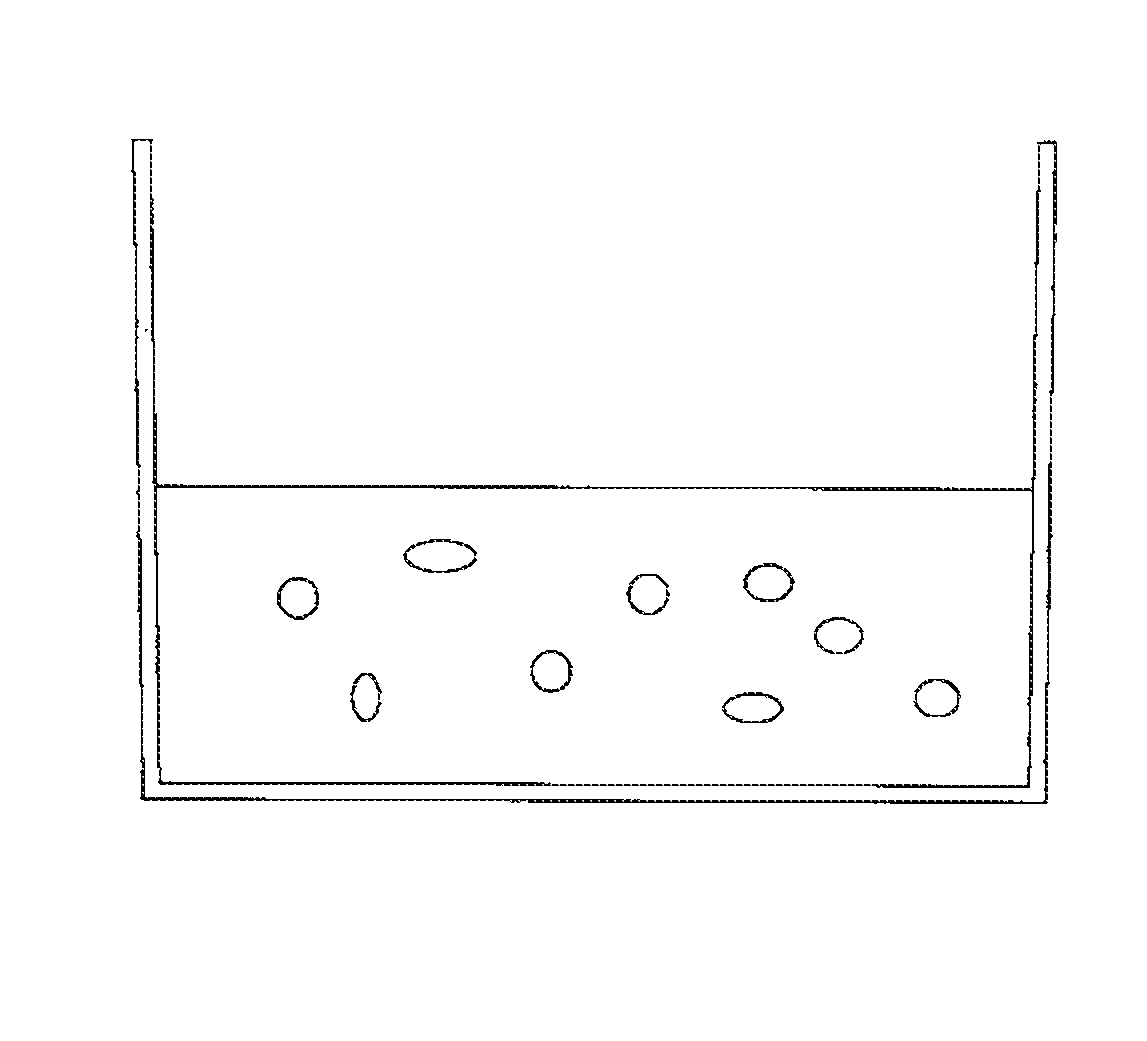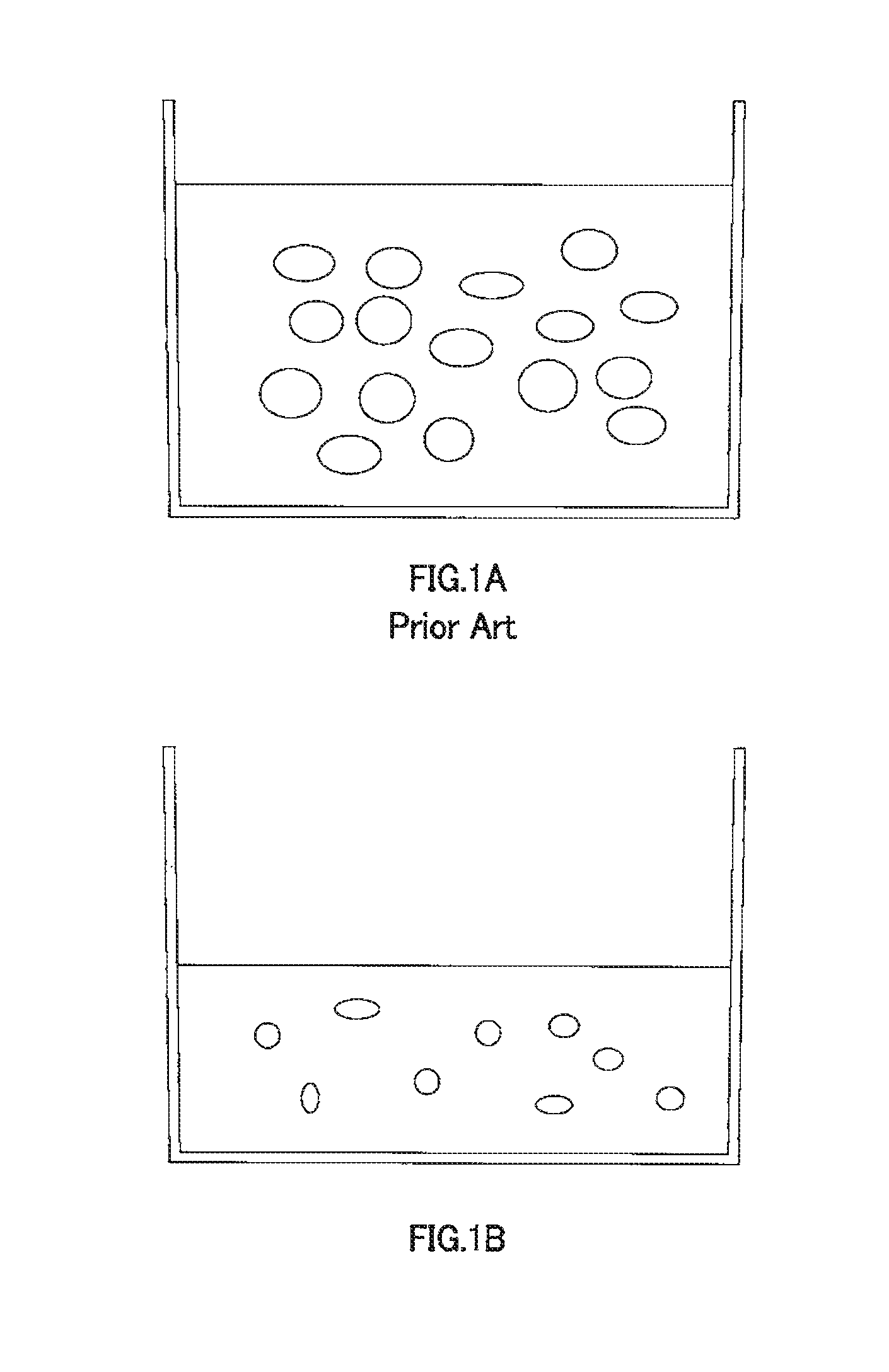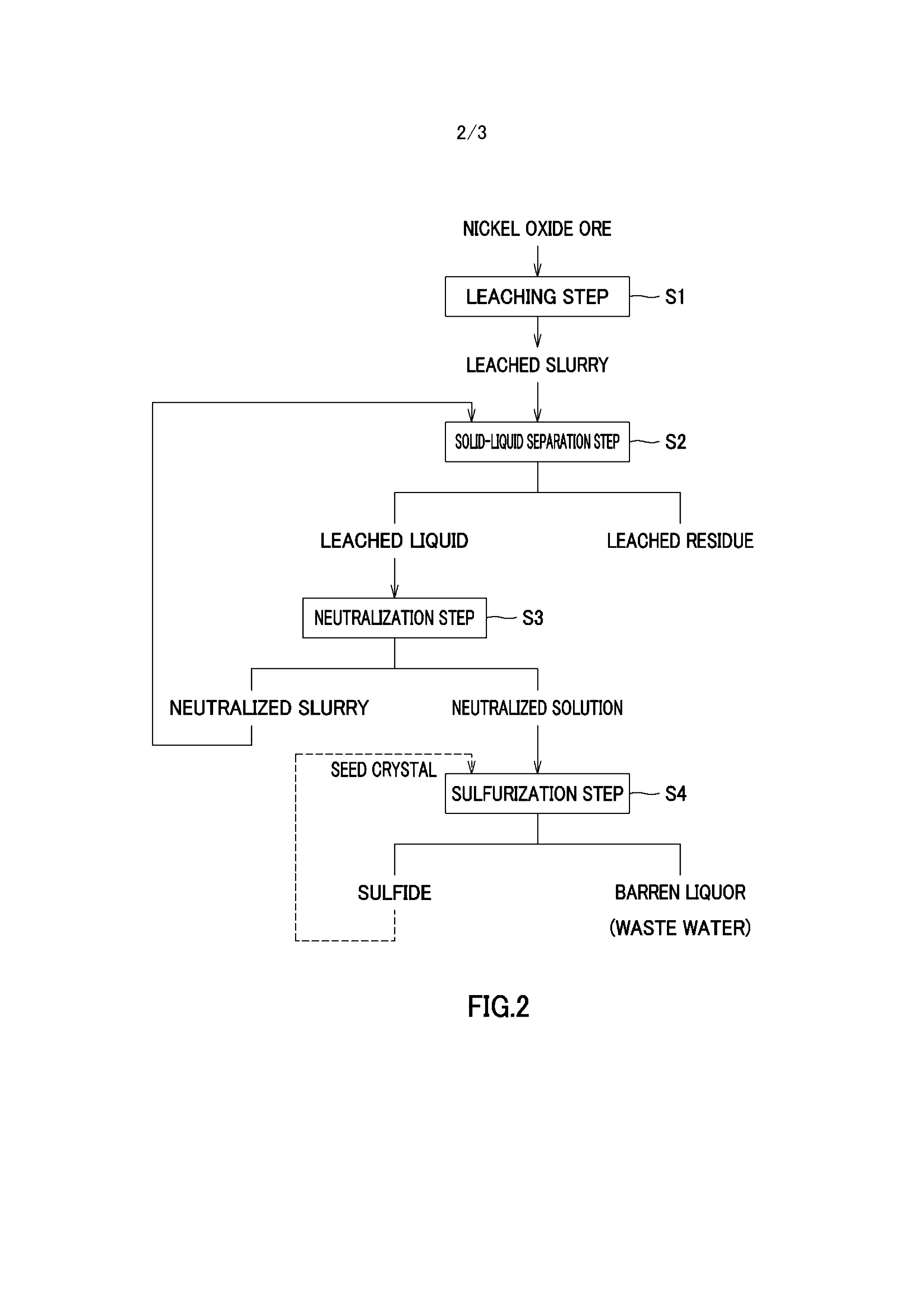Method for effluent treatment in smelting of nickel oxide ore
a nickel oxide ore and effluent treatment technology, applied in water/sludge/sewage treatment, water treatment parameter control, chemistry apparatus and processes, etc., can solve the problems of increasing the capacity of a disposal place, increasing the use amount and cost of an alkali required for neutralization, and suppressing the formation of airspaces in the obtained sediment. , the effect of efficient recovery treatmen
- Summary
- Abstract
- Description
- Claims
- Application Information
AI Technical Summary
Benefits of technology
Problems solved by technology
Method used
Image
Examples
example 1
[0090]To a nickel oxide ore was added concentrated sulfuric acid by 200 to 300 kg per 1 ton of the ore so that the slurry concentration became 1400 to 1500 g / l, and the mixture was mixed to give a slurry. The slurry was charged in a pressure leaching apparatus, the temperature was raised to 245° C., a leaching treatment was performed over 1 hour, and the slurry was removed after 1 hour had passed.
[0091]The removed slurry was maintained at 90° C., and neutralized by adding 20% by weight of a calcium carbonate slurry to the slurry until the pH became 2.2 (in terms of 25° C.). Thereafter solid-liquid separation was performed by using a Nutsche funnel and filter paper, whereby a leached liquid and a leached residue were obtained. The leached residue was washed by using water to remove the adhered acid, and recovered.
[0092]Subsequently, a calcium carbonate slurry was added to the obtained leached liquid to adjust the pH to about 3.5, whereby impurities were separated. Thereafter, a hydro...
example 2
[0097]A treatment was performed in a similar manner to Example 1, except that an effluent original liquid having the composition shown in the above-mentioned Table 1 was used, and the additive amount of the leached residue was an amount corresponding to 50% by weight of the amount of a neutralize sediment amount generated in the case when only lime hydrate is added.
[0098]When the sediment that has settled out is observed, no airspace is seen in the sediment, and a high density sediment is obtained. Furthermore, the height of the sediment was measured and found to be 67 mm from the bottom. The effluent up to the upper surface of the sediment was separated, the dry weight of the recovered sediment was measured, and the packed density was calculated from the measured height of the sediment and found to be 25%. Furthermore, the SS concentration was 400 mg / l.
example 3
[0099]A treatment was performed in a similar manner to Example 1, except that an effluent original liquid having the composition shown in the above-mentioned Table 1 was used, and a calcium carbonate slurry was firstly added to thereby adjust the pH to be in the range from 4 to 6, and the leached residue was then added after confirming that the pH had become stable in the neutralization treatment. In addition, after the leached residue was added and the mixture was homogeneously dispersed, the pH was maintained to be within 4 to 6 while the stirring was continued.
[0100]When the sediment that has settled out is observed, no airspace was seen in the sediment, and a high density sediment was obtained. Furthermore, the height of the sediment was measured and found to be 60 mm from the bottom. The effluent up to the upper surface of the sediment was separated, the dry weight of the recovered sediment was measured, and the packed density was calculated from the measured height of the sedi...
PUM
| Property | Measurement | Unit |
|---|---|---|
| concentration | aaaaa | aaaaa |
| temperature | aaaaa | aaaaa |
| concentration | aaaaa | aaaaa |
Abstract
Description
Claims
Application Information
 Login to View More
Login to View More - R&D
- Intellectual Property
- Life Sciences
- Materials
- Tech Scout
- Unparalleled Data Quality
- Higher Quality Content
- 60% Fewer Hallucinations
Browse by: Latest US Patents, China's latest patents, Technical Efficacy Thesaurus, Application Domain, Technology Topic, Popular Technical Reports.
© 2025 PatSnap. All rights reserved.Legal|Privacy policy|Modern Slavery Act Transparency Statement|Sitemap|About US| Contact US: help@patsnap.com



